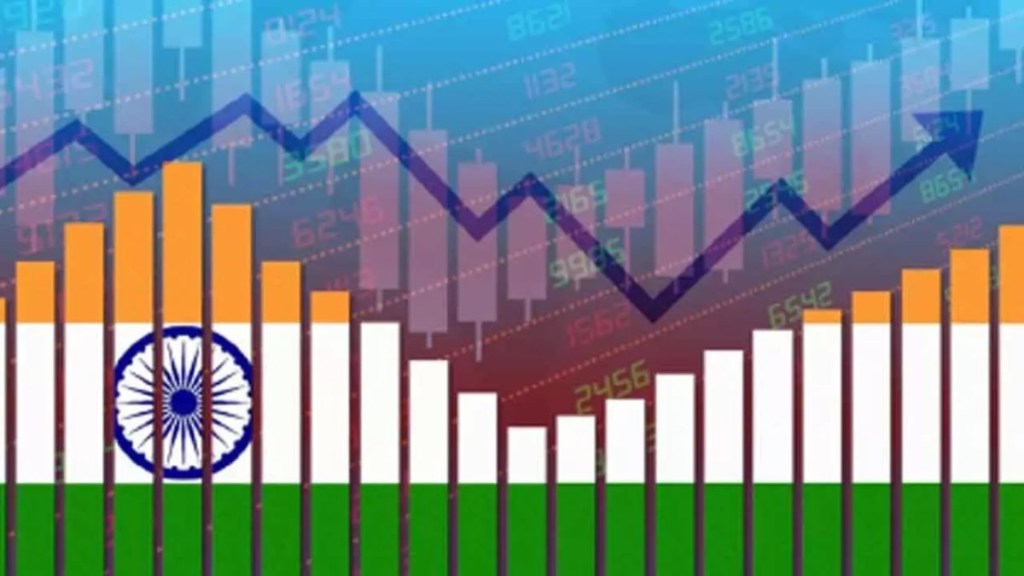India Inc is expected to turn in a modest performance for the September quarter with net profits for the Nifty 50 estimated to rise by about 6-7% year-on-year, analysts say. With the demand environment subdued for most of the quarter and spends being held back until September 22, consumer-oriented companies are tipped to report ordinary results. Also, the very heavy and long monsoon is believed to have impacted sales of products like paints as also business at fast-food joints.
The sharp depreciation in the rupee during the quarter, of over 3%, would come as a windfall for exporters.
Earnings for the second quarter of FY26 would get a lift from the companies in sectors such as oil & gas, metals, and cement. On the other hand, banks are expected to report subdued results that will pull down the aggregate numbers. India Inc’s performance is likely to be similar to that in the June quarter when aggregate net profits (for a sample of 3,401 companies) had risen by 6% year-on-year (y-o-y) on the back of an increase in net sales of 6% y-o-y.
What do analysts predict?
Earnings estimates are being trimmed ahead of the season, which kicks off on October 9. Strategists at Motilal Oswal have cut their Nifty earnings forecasts for FY26 by 1.1% and for FY27 by 1.7%, respectively. Analysts at Nomura believe the earnings downgrade cycle could continue with more cuts. Nomura has pencilled in a 4-5% downside.
Analysts at JP Morgan point out that there is virtually no earnings momentum in India, whereas earnings for the S&P, for instance, have been upgraded. Others believe that the cuts will be made in sectors such as IT and even for some banks.
In fact, the September 2025 quarter will be another weak quarter for banks, with revenue growth impacted by a compression in the net interest margins (NIM) and little contribution from treasury income.
Auto manufacturers expected to see good growth
Some players could even see their revenues remaining flat. However, no major deterioration is seen in the asset quality of lenders and, therefore, slippages and credit costs are expected to be very low. Auto manufacturers are expected to post reasonably good revenue growth. The increase would be driven by fairly decent sales volumes across passenger cars, two-wheelers and commercial vehicles post the goods and services tax (GST) rate cuts.
Moreover, some companies saw a low single-digit improvement in their average selling prices (ASP) which would also boost the top line. Exporters would have benefited from the depreciation of the rupee. While manufacturers of consumer staples would have seen a pick-up in sales momentum post September 22, they may have been hit by the de-stocking of inventories.
However, excluding the GST-cut impact, demand for FMCG products was largely steady during the quarter with clear signs of a recovery in rural demand. For some players, volume growth should be better than in previous quarters but for others it could stay flat — the expected range is fairly wide from 0-10%.
Analysts point out that there has not been much deterioration in demand for software services during the quarter. As such, the sequential growth in revenues of players should come in anywhere between 0.2-6%. Cushioned by the weaker rupee, as also cost-cutting measures, most companies are likely to report steady margins. As in the previous quarters, deal wins are likely to be strong but possibly impacted by pricing pressures.

